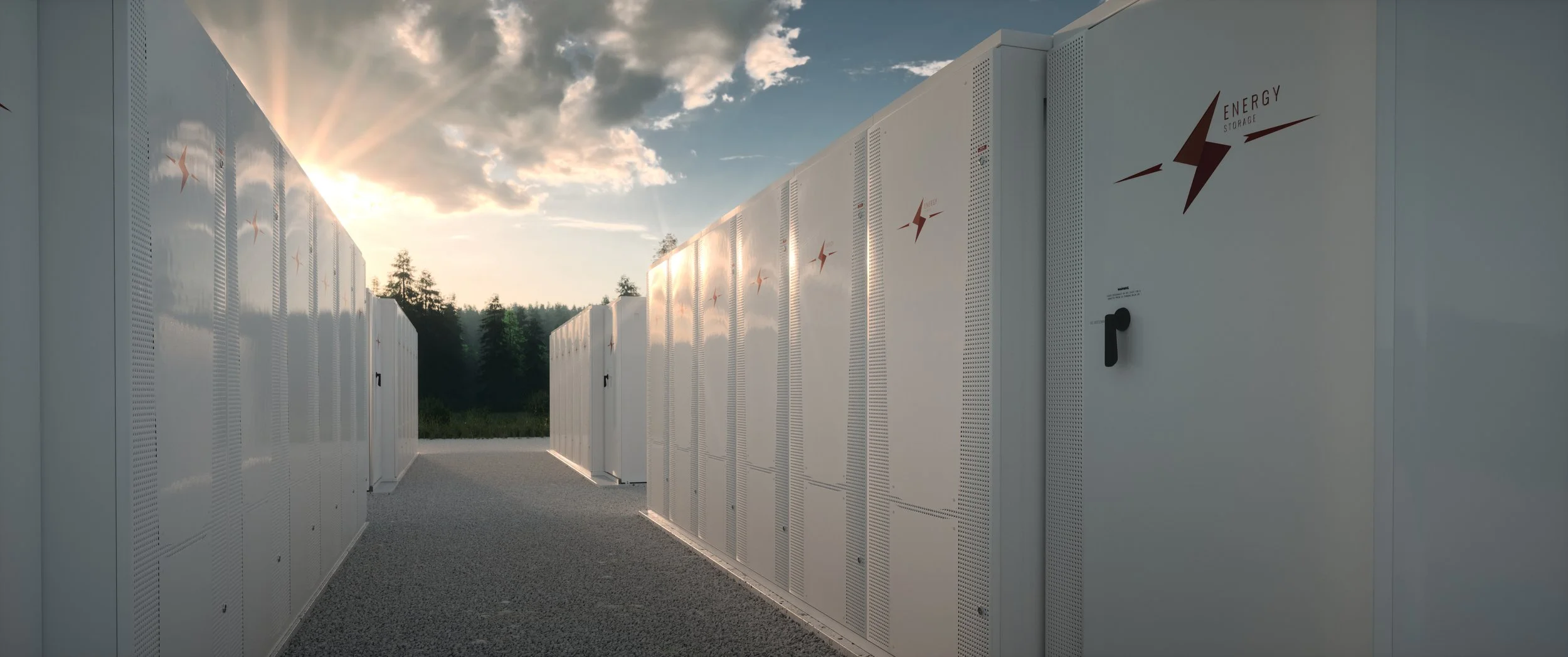The 2021 call for evidence had identified revenue uncertainty and high up-front costs as significant hurdles preventing the construction of long-duration energy storage (LDES) projects.
The Department for Energy Security and Net Zero (DESNZ) wants to design a new policy framework to support these types of projects and has launched a new consultation process on 9 January 2024.
Market participants have until 5 March 2024 to give their feedback on the proposals.
Why do we need long-duration storage?
In the past, fossil fuel power plants (coal and gas) provided a stable base load production. They could increase or decrease production if the demand changed. But we are closing more and more of these power plants as part of the energy transition.
Renewable energy generators produce cleaner and cheaper electricity. But the sun doesn’t shine at night, and we can have days or even weeks without wind. And when the sun shines, or the wind blows, all generators produce simultaneously.
Long-duration energy storage would, for example, allow us to produce electricity from solar PV during the day and consume it at night.
And it improves energy security as you don’t need to import wind or sunshine from another country.
But there is no clear leading technology for long-duration storage. Government support is needed to scale up the deployment to reduce the production costs.
What is being proposed?
1. The government is proposing to use a cap and floor price system to support projects.
The floor price would be set at a level that allows the repayment of project finance debt.
The cap price would be set at a level to allow a sufficient return on the invested equity while limiting costs to the consumer.
A similar system is already being used for interconnectors and could be implemented before the end of 2024.
The structure would be similar to a CfD but with a price band instead of a single strike price.
The price levels for each project would be reviewed every few years to ensure they are still adequate.
2. The support mechanism should favour certain technologies or project locations.
3. Theologies that can already be funded under existing mechanisms (i.e. lithium-based batteries) are excluded.
4. Technologies must have been successfully demonstrated (e.g. pilot project or working prototype).
5. The minimum duration is 6 hours.
6. Pumped hydro projects must have a capacity of at least 100MW.
7. Other technologies need to have a capacity of at least 50MW per project.
8. The support will be awarded based on the overall system benefit, not price alone.
9. The support length will depend on the expected lifetime of the project/technology used.
10. Projects that receive support can still participate in other markets like the wholesale or capacity markets.
11.The scheme would be funded either through network charges (TNUoS) or like CfDs.
Conclusion
The UK government has a track record of taking market feedback into consideration when designing new policies. I would, therefore, encourage you to engage with DESNZ if you are working in the energy storage sector.
Long-duration energy storage is one of the many building blocks of the energy transition, like building interconnectors between countries and shifting demand to times of high renewable energy production.
As for solar, wind and lithium batteries before, the government will need to support new technologies for a while until they are commercially viable. The long-term economic benefits will outweigh the initial subsidy amounts. DESNZ estimated that deploying 20GW of LDES projects can reduce the electricity system’s costs by 3%.
And it is an important stepping stone to developing true long-duration (i.e. months) energy storage technologies.


